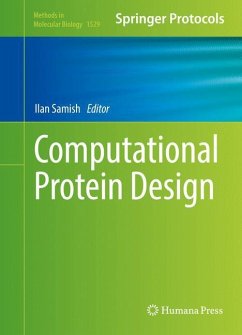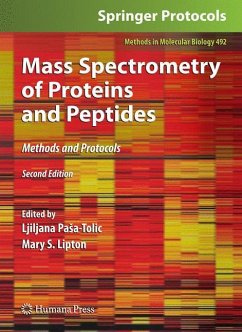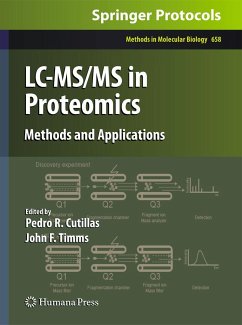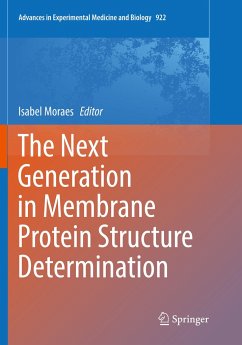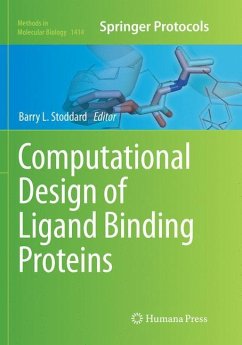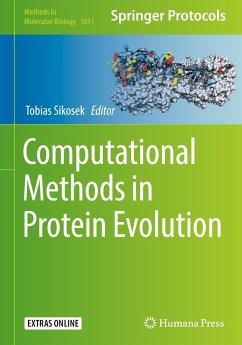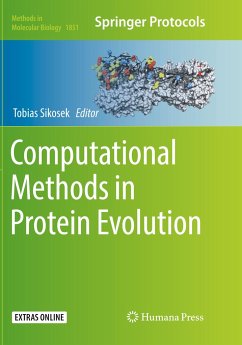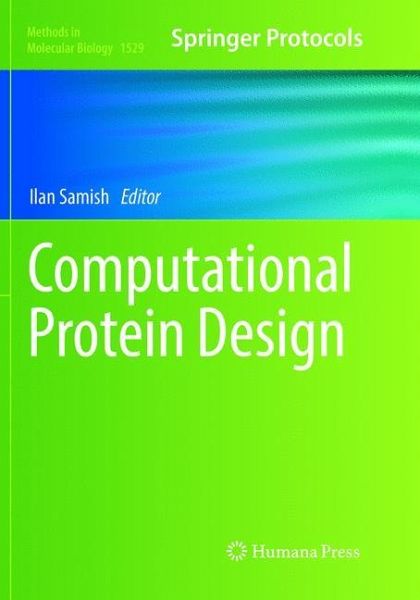
Computational Protein Design
Versandkostenfrei!
Versandfertig in 6-10 Tagen
83,99 €
inkl. MwSt.

PAYBACK Punkte
42 °P sammeln!
The aim this volume is to present the methods, challenges, software, and applications of this widespread and yet still evolving and maturing field. Computational Protein Design, the first book with this title, guides readers through computational protein design approaches, software and tailored solutions to specific case-study targets. Written in the highly successful Methods in Molecular Biology series format, chapters include introductions to their respective topics, step-by-step, readily reproducible laboratory protocols, and tips on troubleshooting and avoiding known pitfalls.Authoritative...
The aim this volume is to present the methods, challenges, software, and applications of this widespread and yet still evolving and maturing field. Computational Protein Design, the first book with this title, guides readers through computational protein design approaches, software and tailored solutions to specific case-study targets. Written in the highly successful Methods in Molecular Biology series format, chapters include introductions to their respective topics, step-by-step, readily reproducible laboratory protocols, and tips on troubleshooting and avoiding known pitfalls.
Authoritative and cutting-edge, Computational Protein Design aims to ensure successful results in the further study of this vital field.
Authoritative and cutting-edge, Computational Protein Design aims to ensure successful results in the further study of this vital field.





